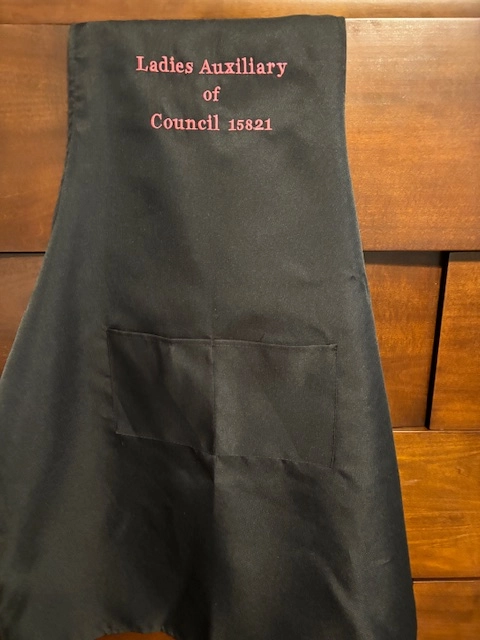The Art of Custom-made Embroidery: Opening the Secrets to Creating Distinct and Unforgettable Styles
Embroidery, a craft steeped in custom and creativity, holds within its detailed stitches the power to transform textile into a canvas of unique expression. The secrets to developing custom needlework styles that astound the eye and leave a lasting perception lie in a delicate balance of method, creative thinking, and attention to detail. As we dig right into the world of custom needlework, we uncover the nuanced interplay between thread option, sew intricacy, and design personalization that boosts a simple garment to a work of art. Join us on a trip through the art of customized needlework as we untangle the secrets behind crafting really unforgettable and distinct productions.
Picking the Right Embroidery Threads
When selecting needlework strings, what key variables should you take into consideration to make certain the best outcomes for your personalized layouts? The selection of embroidery string is critical in figuring out the final result of your embroidered layout.
Furthermore, the weight or thickness of the thread plays a considerable duty in the appearance of the embroidery. Thicker strings can include dimension and structure to your layout, while finer strings are perfect for intricate information and tiny text. In addition, taking into consideration the color fastness and washability of the thread is crucial to ensure that your custom styles preserve their high quality and vibrancy with time. By very carefully reviewing these factors and selecting premium strings that meet your particular demands, you can boost the aesthetic charm and long life of your embroidered developments.
Checking Out Various Stitch Strategies
To look into the realm of 'Exploring Different Stitch Methods', one have to understand the complexities and nuances that each sewing technique offers the art of embroidery. Various stitch methods not just add visual interest however also add to the total structure and dimension of the layout. One popular stitch method is the satin stitch, which involves carefully jam-packed parallel stitches to produce a smooth and shiny surface area, suitable for filling in shapes and creating vibrant details.
On the other hand, the backstitch is a functional method usually used for detailing and adding fine details. It involves sewing backward to create a strong line of needlework. In addition, the French knot stitch includes a tactile component to layouts, ideal for creating textured accents like blossom facilities or attractive touches.
Exploring various stitch techniques allows embroiderers to play with light, shadow, and depth within their designs, boosting the visual allure and creative high quality of their needlework tasks. By understanding numerous sewing techniques, one can open unlimited opportunities for developing distinct and remarkable custom-made embroidery pieces.
Incorporating Personalized Design Components
Having checked out the intricacies of various stitch techniques such as the satin stitch, backstitch, and French knot, the focus now changes towards including tailored style aspects in custom-made embroidery projects. Individualized design aspects play a critical function in making needlework jobs absolutely one-of-a-kind and memorable.
One more way to integrate individualized layout elements is by including icons or motifs that hold special meaning to the recipient or reflect their rate of interests and individuality. go to this site For instance, integrating a favorite flower, animal, or hobby-related symbol can make the needlework layout much more significant and personalized. In addition, choosing shades that resonate with the recipient or line up with the intended theme can better enhance the personalization of the needlework project.
Grasping the Art of Color Coordination

One secret element of color sychronisation is understanding shade concept. This includes knowing how different colors connect with each other, the feelings they convey, and just how they can be integrated to produce visually attractive styles. By using shade concept concepts, embroiderers can develop harmonious shade combinations that improve the total look of the layout.
In addition, focusing on contrast is crucial in color coordination. Utilizing contrasting shades can assist particular aspects of the layout pop, boost legibility, and develop a visually dynamic needlework item. By mastering the art of color coordination, embroiderers can raise their designs a fantastic read and develop remarkable items that resonate with customers and customers alike.
Enhancing Structure With Advanced Needlework Stitches

Bullion knots, on the other hand, can be utilized to create twisted, ropelike aspects that include a glamorous feel to the needlework. Trying out with these advanced embroidery stitches enables you to push the limits of traditional embroidery and develop truly one-of-a-kind and visually enticing structures in your layouts.
Final Thought
Finally, the art of personalized embroidery includes a combination of picking the right strings, discovering different stitch techniques, incorporating personalized layout aspects, understanding shade sychronisation, and boosting texture with innovative stitches. By comprehending and carrying out these essential components, embroiderers can develop distinct and memorable designs that display their creative thinking and skill. Embroidery fanatics can unlock the tricks to creating attractive and bespoke pieces that stick out and leave a long-term impact.